Plenty of foods get skipped because the thought of eating them feels uncomfortable or unfamiliar. Sometimes it’s just about how something looks, like a texture that doesn’t seem right or a smell that’s different from what people are used to. That’s understandable, especially if someone never saw those foods growing up or wasn’t exposed to them often. It makes sense to stick to things that feel safe or predictable.
But foods that seem unusual at first often just haven’t been presented in a helpful way. Maybe someone tasted it once, but it wasn’t fresh, or the person cooking it didn’t know how to prepare it correctly. Sometimes people have heard negative comments from others and assume the worst without tasting it themselves.
Trying these foods again, prepared in a simple way, can change how people feel about them. Knowing what makes them good and exactly how to handle them at home takes the mystery away. Usually, these foods aren’t as intense or strange as people think.

Chicken Liver
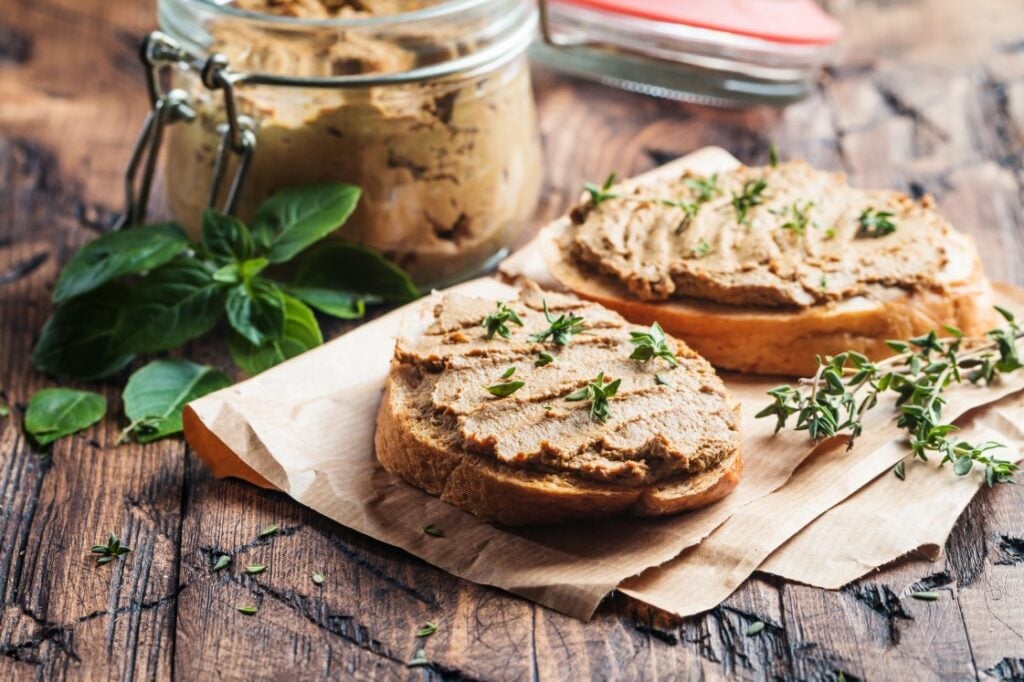
Chicken liver gets skipped over a lot because people assume it tastes strong or strange. But usually, that strong flavor happens if it’s not fresh or gets cooked too long. Fresh chicken liver tastes pretty mild and has a texture close to soft steak.
When buying chicken liver, pick ones that look fresh and reddish-brown, without any weird spots. To keep the taste mellow, soak the livers in milk or salted water for about half an hour before cooking. This gets rid of that metallic flavor people sometimes mention.
The main thing with cooking chicken liver is to avoid cooking it too much. It turns grainy and bitter if left on the heat for a long time. Cook it gently in a pan, and stop when it’s still just slightly pink in the middle. Simple seasonings like garlic, salt, or black pepper help balance things out without overwhelming it.
If the idea of eating whole chicken liver feels like too much, turning it into pâté helps. Cooked chicken liver blended with butter, onion, and simple seasonings makes a smooth spread. Spread it on crackers or toast — it tastes savory and isn’t scary to eat.
Oysters

Oysters often get described as slimy or off-putting, but that texture issue comes from misunderstanding them. Fresh oysters have a smooth texture and a crisp, briny flavor. When eaten fresh and properly prepared, they’re not slippery or unpleasant — just tender.
Start with fresh, raw oysters from a trusted seafood place. Freshness is crucial for flavor and texture. Add a squeeze of lemon or a dash of hot sauce to complement their natural taste. If raw oysters still seem tricky, try grilled or baked versions first. Cooking slightly firms up their texture, making them easier to enjoy.
Also, consider starting with smaller oysters like Kumamoto, which have milder flavors and smoother textures. It’s a great stepping stone into appreciating oysters without feeling overwhelmed.
Frog Legs

Frog legs have a mild flavor that’s often compared to chicken wings. They don’t taste fishy or earthy, and their texture is tender and delicate.
When buying frog legs, frozen options from grocery or specialty stores work great. Thaw them completely in the fridge before cooking. Once thawed, soak the frog legs in milk or lightly salted water for about 30 minutes. This step helps keep the meat tender and removes any faint earthy taste.
Cooking frog legs properly means quick, gentle heat. Frying or sautéing works well, but avoid overly high temperatures since frog legs cook fast and can become tough easily. A simple dredge in seasoned flour before pan-frying creates a crispy exterior without overpowering the mild meat. If grilling, brush with oil first and cook briefly until golden.
Frog legs don’t have a strong flavor, so pick sauces and sides that aren’t overpowering. Lemon butter, garlic aioli, or a simple herb sauce all work well. Adding something acidic, like tomatoes or fresh lemon, helps balance things out.
Tempeh

Tempeh is made from soybeans that have been pressed together and fermented. It looks firm and solid, kind of like a block of pressed beans or grains. The texture is chewy and hearty (close to mushrooms or cooked beans). It doesn’t taste strong or unusual, just mild and a little nutty.
Because tempeh easily takes on whatever flavors are around it, marinating works really well. Slice it first, then marinate in things like soy sauce, garlic, ginger, or even barbecue sauce. About 20 minutes is enough to get the flavor into the tempeh.
When cooking, pan-fry the slices in a little oil until golden and crispy around the edges. Tempeh can also be grilled, baked, or crumbled into dishes like chili or pasta sauce. It holds up well to heat and keeps a satisfying, firm texture instead of going mushy.
Tempeh is filling because it has lots of protein and fiber. It’s practical as a meat alternative since it cooks quickly, keeps well in the fridge, and fits easily into meals you already like.
Blood Sausage

Blood sausage, also known as black pudding, often gets labeled as gross due to its name and dark appearance. But the taste isn’t intense or off-putting. It’s actually mild and savory, similar to a well-seasoned sausage.
It’s made from pork, blood, grains like oatmeal or barley, and spices. The texture resembles a firm sausage or patty. Grilling or pan-frying slices until crisp around the edges makes the sausage easy to enjoy. Serve it with familiar foods like eggs, toast, or potatoes to make it less intimidating.
Try blood sausage as part of a breakfast platter or in sandwiches. Its savory flavor pairs great with sweet elements like applesauce or tangy sauces. Once you get past the idea, blood sausage can easily become a comforting staple.
Escargot
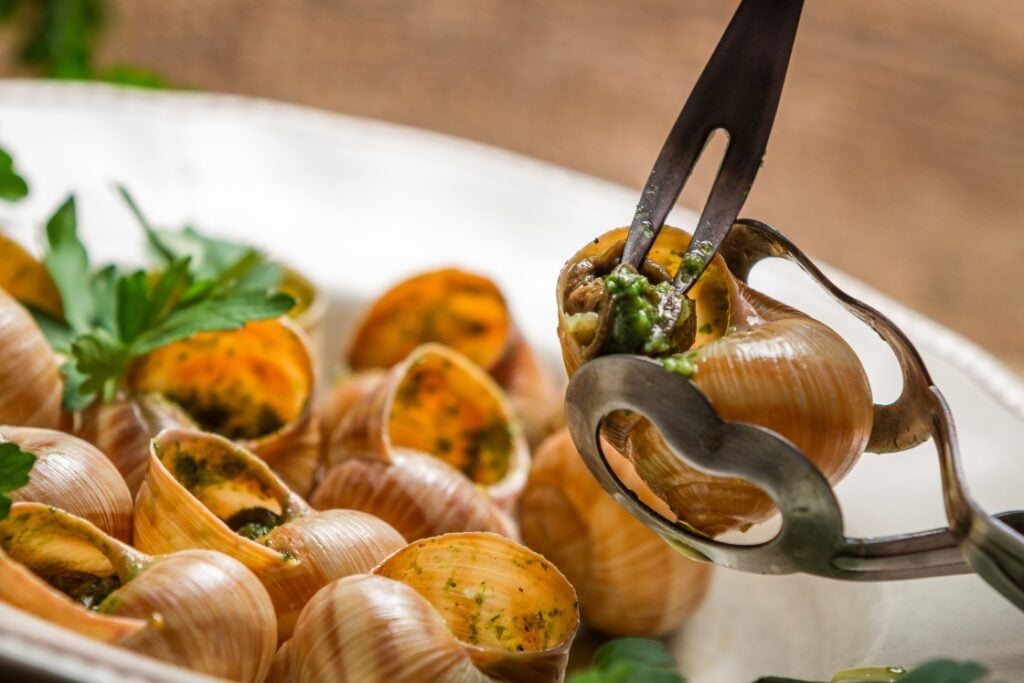
Escargot is cooked snails. They’re usually land snails, specifically raised for eating, so they aren’t the garden type. The texture is tender, similar to cooked mushrooms or clams. If the snails are tough or rubbery, they’ve been overcooked.
For cooking at home, canned escargot works best and is easiest to find. Drain and rinse them before cooking to remove any brine. Gently heat the snails in a pan with garlic, butter, parsley, and a little salt. Don’t cook them long — just until warmed through — because longer cooking makes them chewy.
The most practical way to serve escargot at home is in a small dish or baking tray, each snail placed in a bit of garlic butter sauce. Baking them briefly under high heat melts the butter and lightly crisps the edges without toughening the snail itself.
Serve escargot with bread to soak up the garlic butter. Crusty baguette slices or simple toast work best. Adding lemon wedges on the side helps cut through the richness of the butter and balances the earthy flavor of the snails.
Anchovies

Anchovies have a reputation for being salty and fishy — mostly because of how people usually first try them. When anchovies taste too strong, it’s usually because someone used way too much or served them straight out of the tin without balancing flavors. But used properly, anchovies add depth and savory flavor without tasting overly fishy.
First off, skip the cheapest anchovies at the store. Better quality anchovies have a milder taste and a smoother texture. They’re usually packed in olive oil rather than just salt or water. Once opened, rinse them gently and pat them dry to reduce some of that intense saltiness.
Instead of eating anchovies whole, chop or mash them and add them to sauces, dressings, or pasta dishes. When cooked into sauces (like marinara, Caesar dressing, or even melted into butter), the anchovies lose the harsh edge and just give the dish extra flavor. You probably won’t even notice a fishy taste, just that the sauce tastes richer and more savory.
If you want to try them whole, pair anchovies with foods that balance them out. Add them to pizzas with cheese, tomatoes, or peppers. Or serve them alongside milder foods like fresh mozzarella, crusty bread, or tomatoes. These flavors mellow the anchovy, making it easier to enjoy.
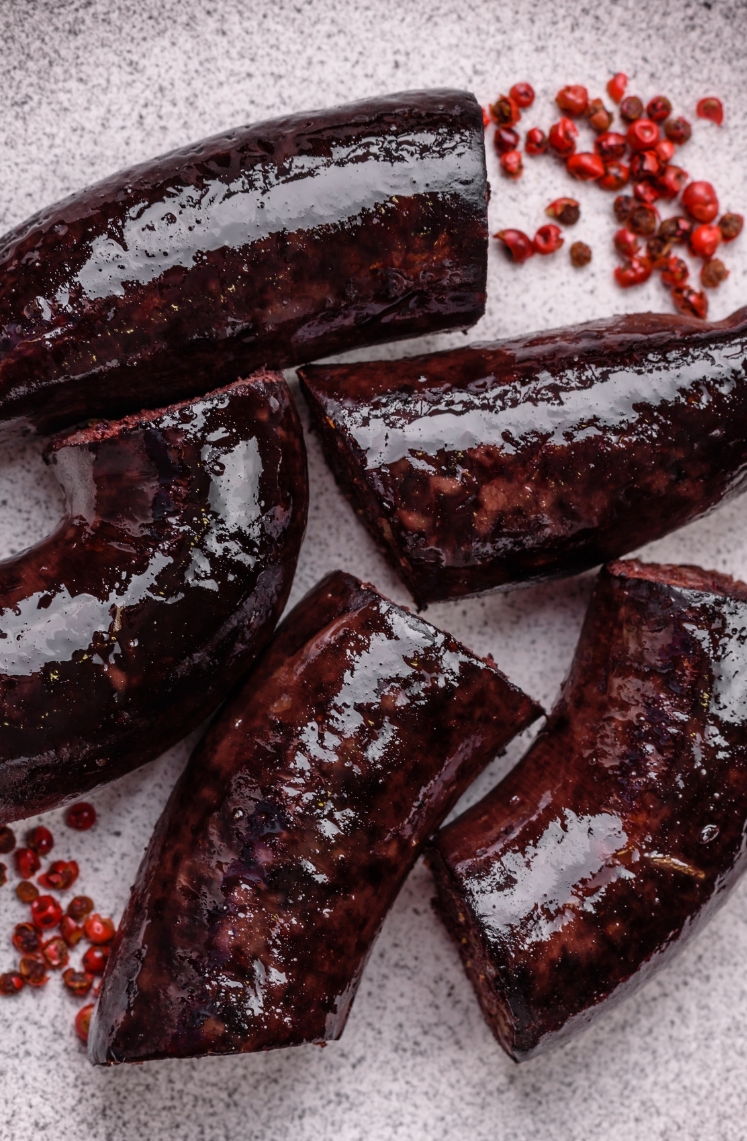










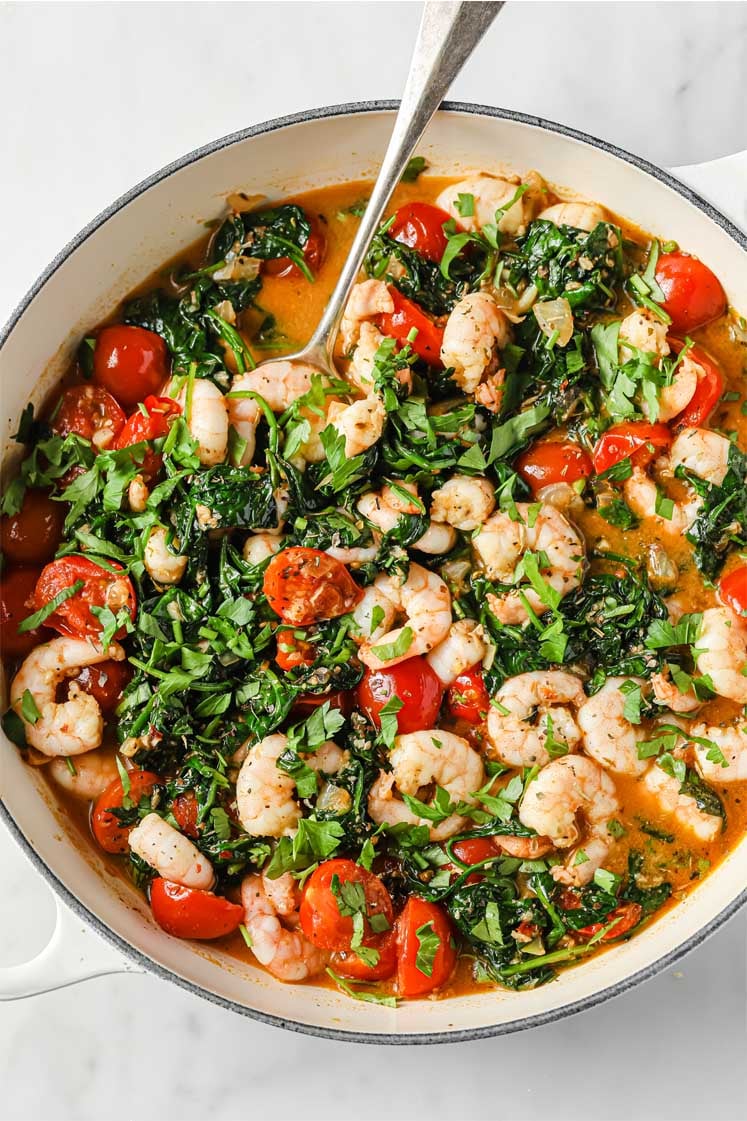

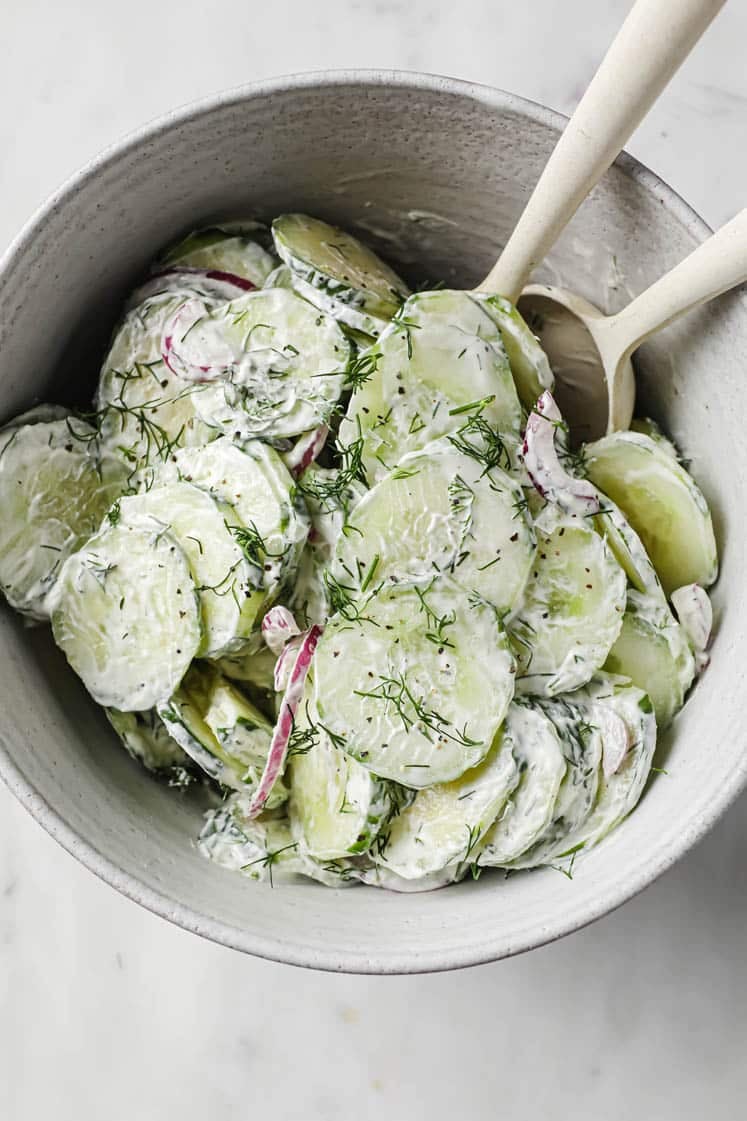









Leave a Reply